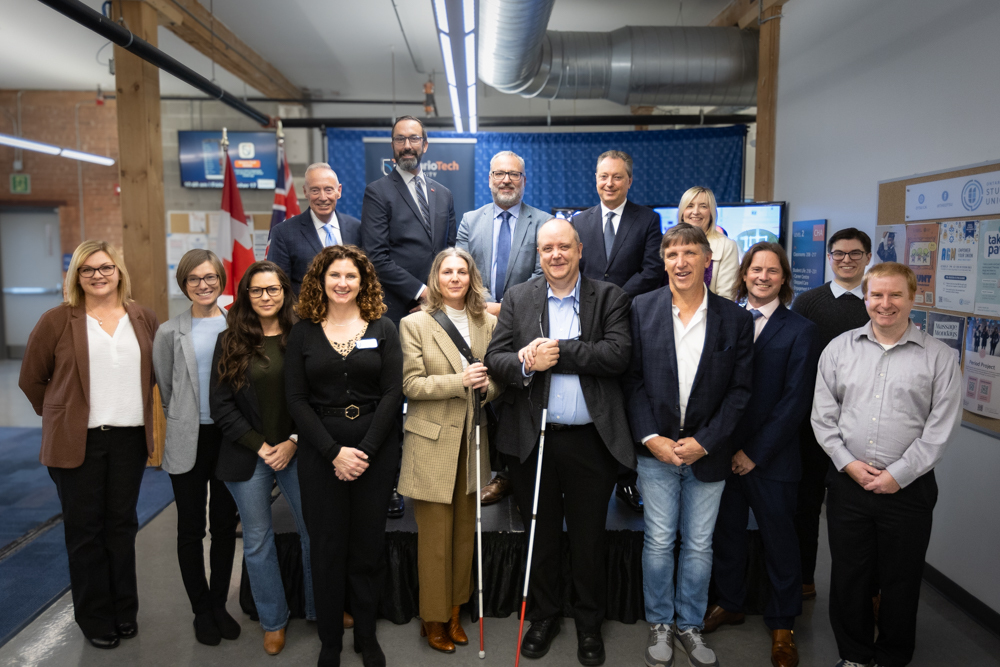Sustainability
We promote environmental, social and economic sustainability. Collaborating with faculty, staff and students, we implement best practices and create a culture of sustainability while encouraging community engagement. Explore our initiatives, events and opportunities to get involved.
Latest news
All news
Ontario Tech University answers the call to ensure AI serves humankind and the planet


Ontario Tech University answers the call to ensure AI serves humankind and the planet
October 29, 2025
New research institute asserts Ontario Tech’s international leadership in responsible AI innovation


New research institute asserts Ontario Tech’s international leadership in responsible AI innovation
October 17, 2025
Ontario Tech to celebrate future leaders and changemakers at Fall Convocation


Ontario Tech to celebrate future leaders and changemakers at Fall Convocation
October 15, 2025
Ontario Tech launches Canada’s first School of Ethical Artificial Intelligence


Ontario Tech launches Canada’s first School of Ethical Artificial Intelligence
October 14, 2025